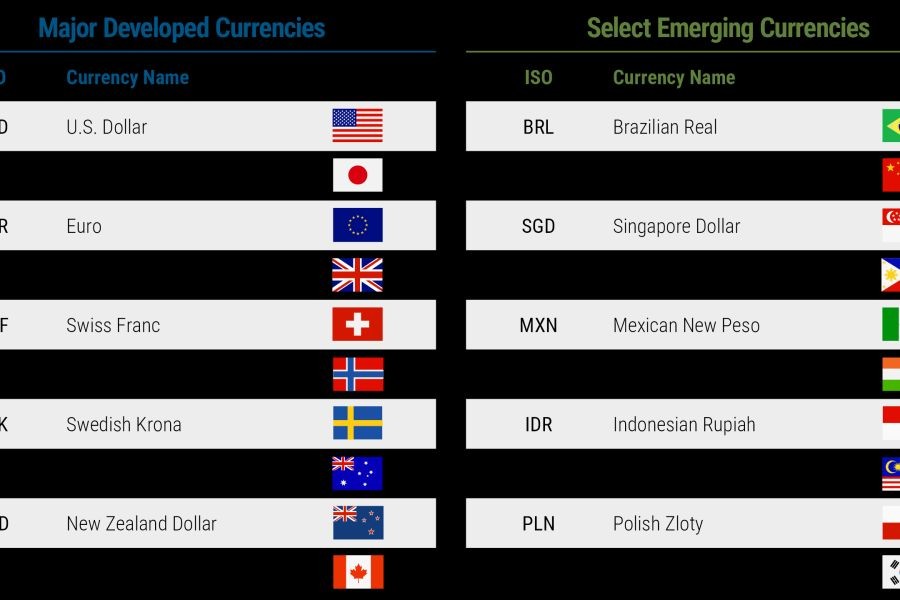As New Zealand enters 2025, economic uncertainty looms over businesses and households alike. Will the country experience a period of growth, or are signs pointing towards an impending recession? This article dives deep into New Zealand's economic forecasts, analyzing key indicators such as GDP growth, inflation, interest rates, consumer spending, employment trends, and global market influences. Backed by expert opinions and historical data, we explore different scenarios and provide actionable insights for businesses and individuals navigating the economic landscape.
Historical Economic Trends: What Can We Learn?
New Zealand's economy has seen its fair share of fluctuations over the past two decades. The 2008 Global Financial Crisis (GFC) led to a recession that took years to recover from, while the COVID-19 pandemic triggered a short but severe economic contraction in 2020. However, government stimulus and strong commodity exports helped fuel a robust post-pandemic rebound in 2021-2022.
In 2023-2024, high inflation and rising interest rates slowed economic growth. The Reserve Bank of New Zealand (RBNZ) aggressively hiked the Official Cash Rate (OCR) to curb inflation, which increased mortgage costs, cooled the property market, and reduced consumer spending. Business investments also softened due to higher borrowing costs and global uncertainty.
Key Economic Indicators for 2025
1. GDP Growth Projections
Economic analysts forecast GDP growth to be between 0.8% and 1.5% in 2025, a modest improvement compared to 2024’s sluggish expansion. Treasury projections suggest that government infrastructure spending, particularly in transportation and housing, could provide some stimulus. However, private sector investment remains weak due to tight credit conditions.
2. Inflation Trends
After peaking above 7% in 2022, inflation has been steadily declining, sitting at around 3.2% by late 2024. While the RBNZ aims to bring inflation within the 1-3% target range, persistent cost pressures in housing, food, and wages could keep inflation slightly elevated, limiting the scope for interest rate cuts.
3. Interest Rates & Monetary Policy
The OCR stands at 5.5% as of early 2025, with economists divided on whether RBNZ will cut rates in the second half of the year. Lowering interest rates would relieve borrowers and boost consumer spending, but RBNZ remains cautious due to inflation risks. If inflation stabilizes near 2.5%, the central bank might consider a 0.25% to 0.5% rate cut in late 2025.
4. Labour Market & Unemployment
The unemployment rate, which was at a historic low of 3.2% in 2022, has gradually risen to 4.5% in 2024 as businesses slow hiring. In 2025, it is expected to hover between 4.8% and 5.2%, reflecting softer economic conditions but still relatively low compared to global standards.
5. Consumer & Business Confidence
Recent ANZ Business Outlook surveys indicate moderate pessimism among businesses, with concerns over high operating costs and subdued demand. On the consumer side, household spending has been cautious, though an improving real wage growth outlook could support a mild recovery in retail sales later in 2025.
Global & Local Market Influences
New Zealand's economy is deeply intertwined with global markets. Key factors to watch in 2025 include:
China’s Economic Performance: As NZ’s largest trading partner, a strong or weak Chinese economy significantly impacts dairy, meat, and tourism exports.
U.S. Interest Rate Policy: The Federal Reserve's stance on rates affects global liquidity, influencing capital flows into NZ markets.
Geopolitical Risks: Trade tensions, conflicts, and supply chain disruptions could create inflationary pressures or demand shocks.
Climate Change & Natural Disasters: Extreme weather events could impact agriculture, tourism, and infrastructure resilience.
Possible Scenarios for 2025
Scenario 1: A Soft Landing (Most Likely)
GDP growth at 1.2%.
Inflation stabilizing at 2.5%.
Gradual OCR reductions.
Unemployment stabilizing below 5%.
Business investment recovering by late 2025.
Scenario 2: A Mild Recession (Moderately Likely)
GDP contracts by 0.5% to 1%.
Inflation remains sticky at 3% or higher.
OCR stays at 5.5% or rises slightly.
Unemployment rises above 5.5%.
Weak consumer demand and sluggish exports.
Scenario 3: A Strong Recovery (Less Likely)
GDP growth above 2%.
Inflation drops below 2%.
OCR cut aggressively, boosting business and housing markets.
Strong labour market with wages outpacing inflation.
Rapid export growth, driven by Asian demand.
Mindset & Business Strategy for 2025
For Businesses:
Adapt to higher interest rates: Reduce debt reliance and focus on cash flow resilience.
Leverage digital transformation: E-commerce, AI-driven efficiencies, and automation can enhance competitiveness.
Diversify export markets: Reducing dependence on China by expanding to ASEAN and North America could mitigate risks.
For Individuals:
Be financially cautious: Avoid excessive debt, build emergency savings, and make prudent investment choices.
Upskill & Reskill: With AI and automation reshaping jobs, acquiring new skills enhances job security.
Smart property decisions: The housing market may remain volatile, so strategic timing for buying or selling is crucial.
Conclusion: Will NZ Thrive or Struggle in 2025?
The economic outlook for 2025 presents both risks and opportunities. While a deep recession appears unlikely, sluggish growth remains a concern. Strategic planning, financial resilience, and market adaptation will be key to navigating the uncertain terrain.
What do you think? Will New Zealand's economy recover, or are we heading for a downturn? Share your thoughts in the comments and discuss below! Don’t forget to share this analysis with others!




























chadegato cha
11 months ago